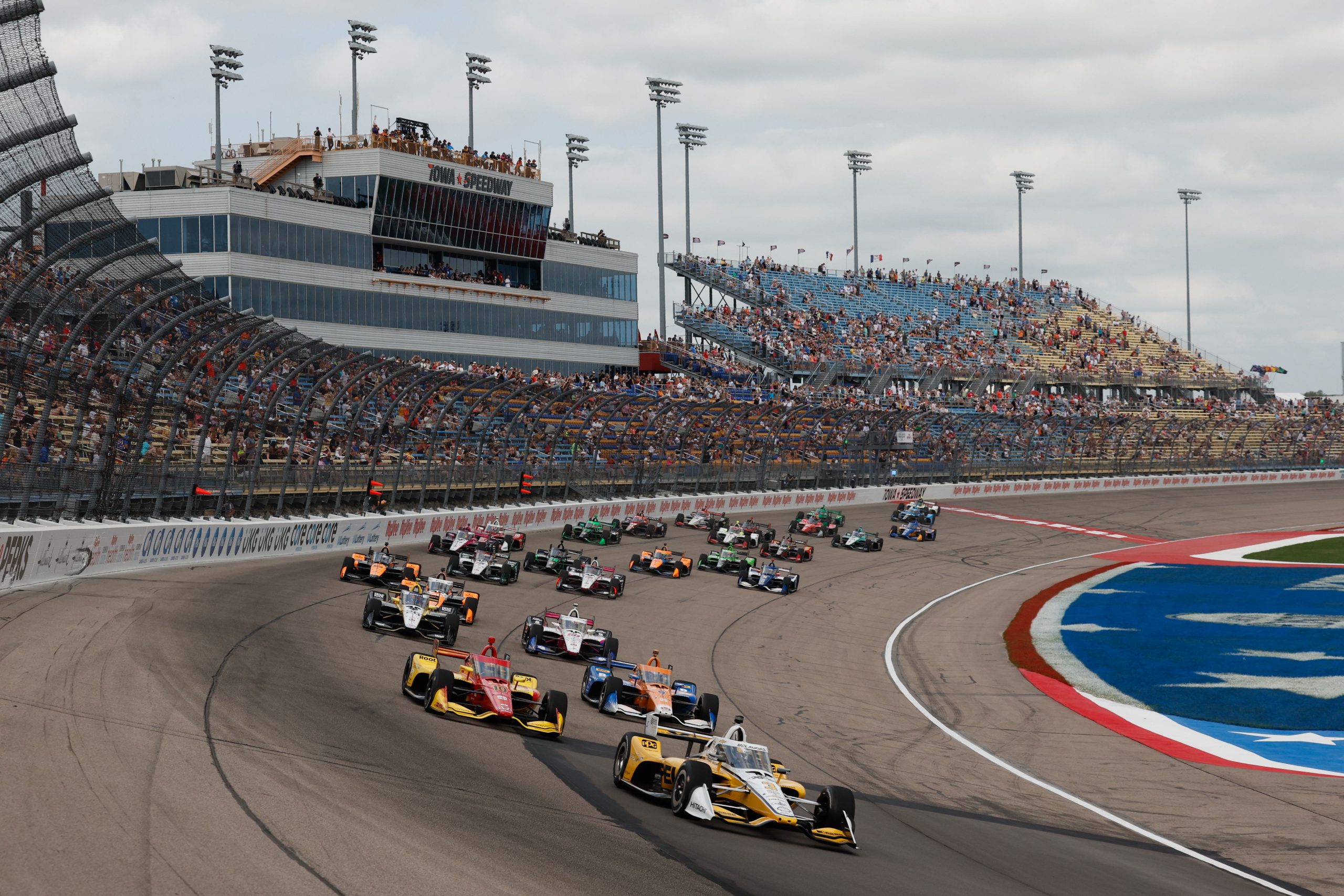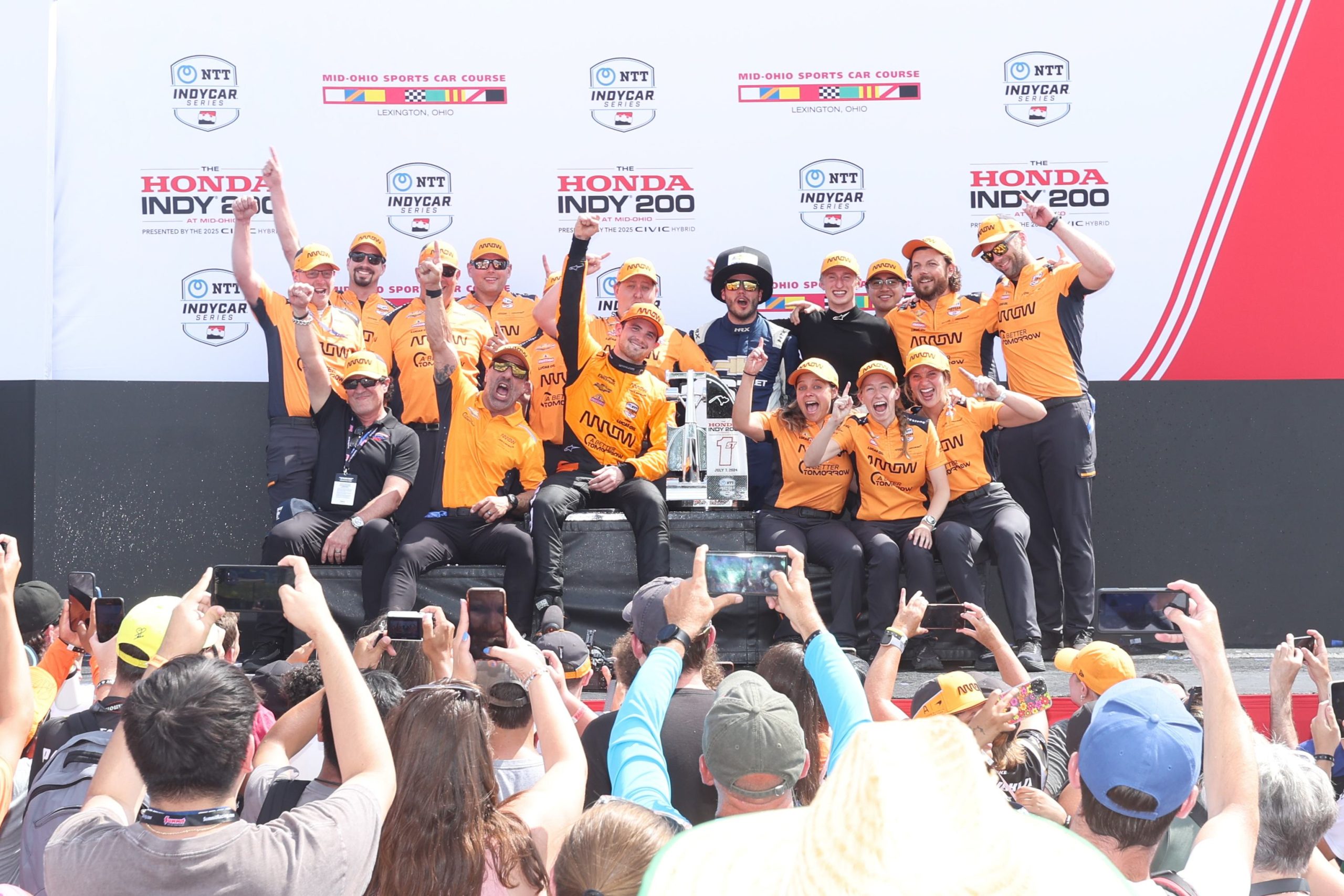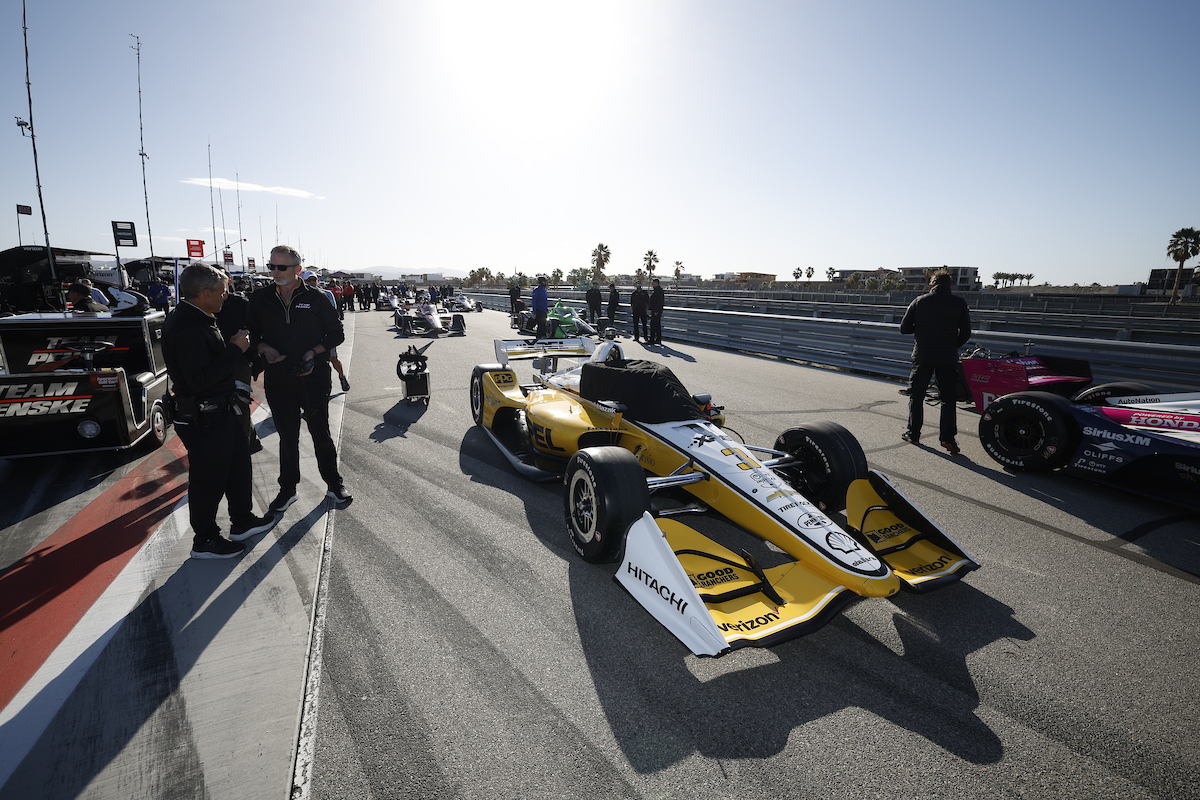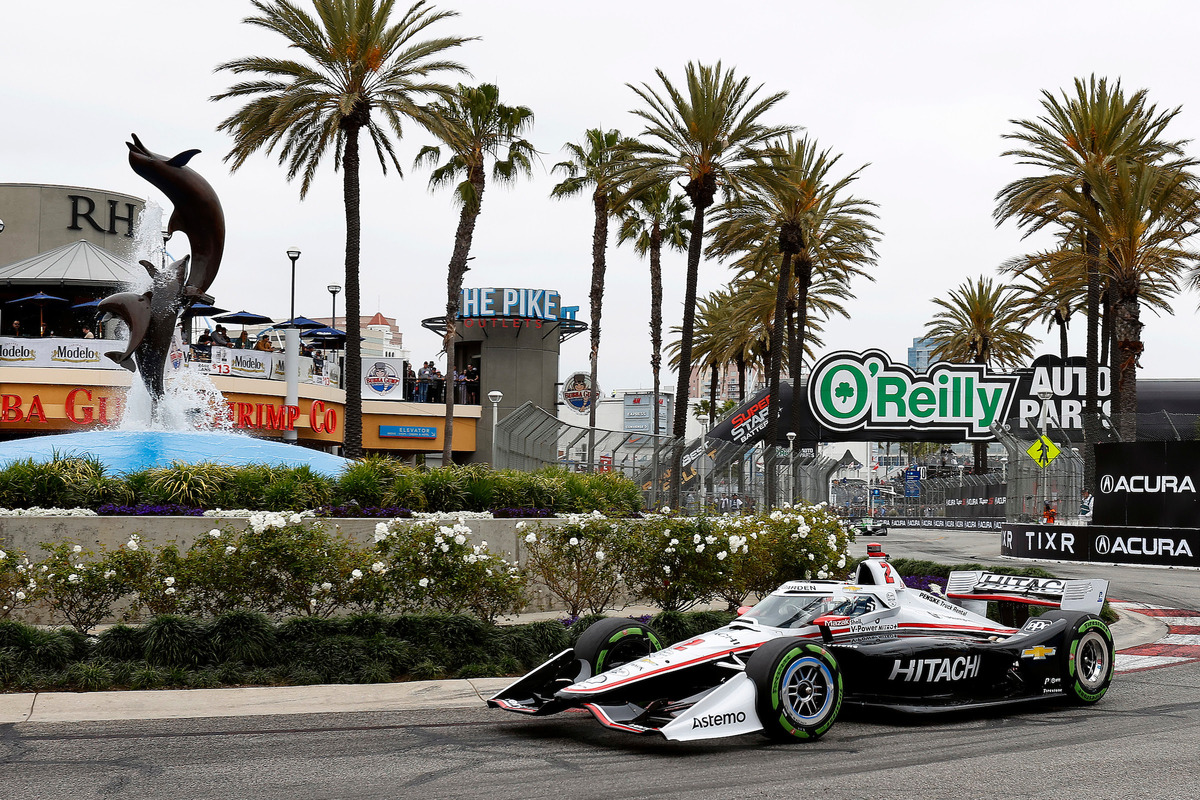What Is The Speed Limit For IndyCar?
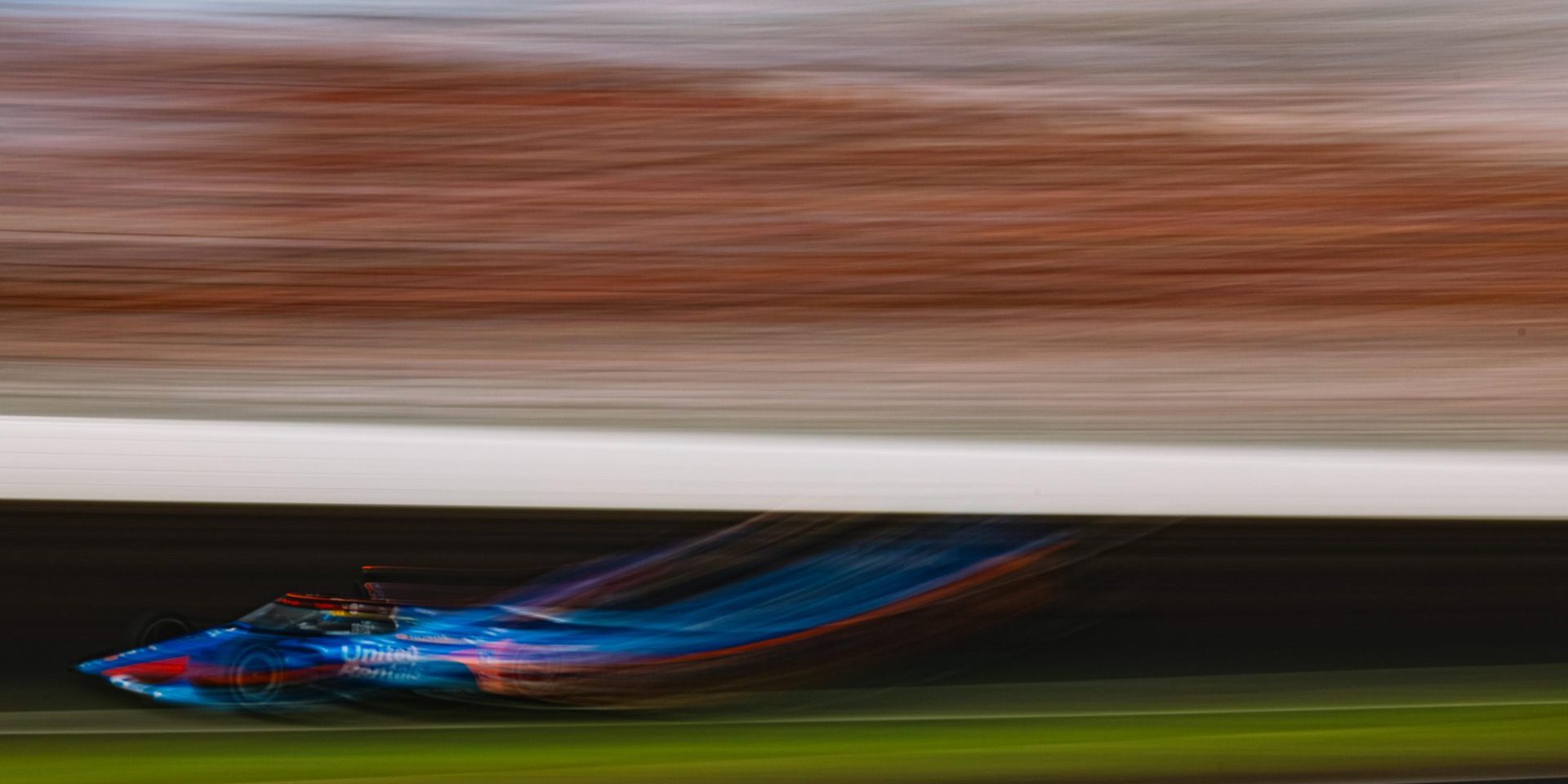
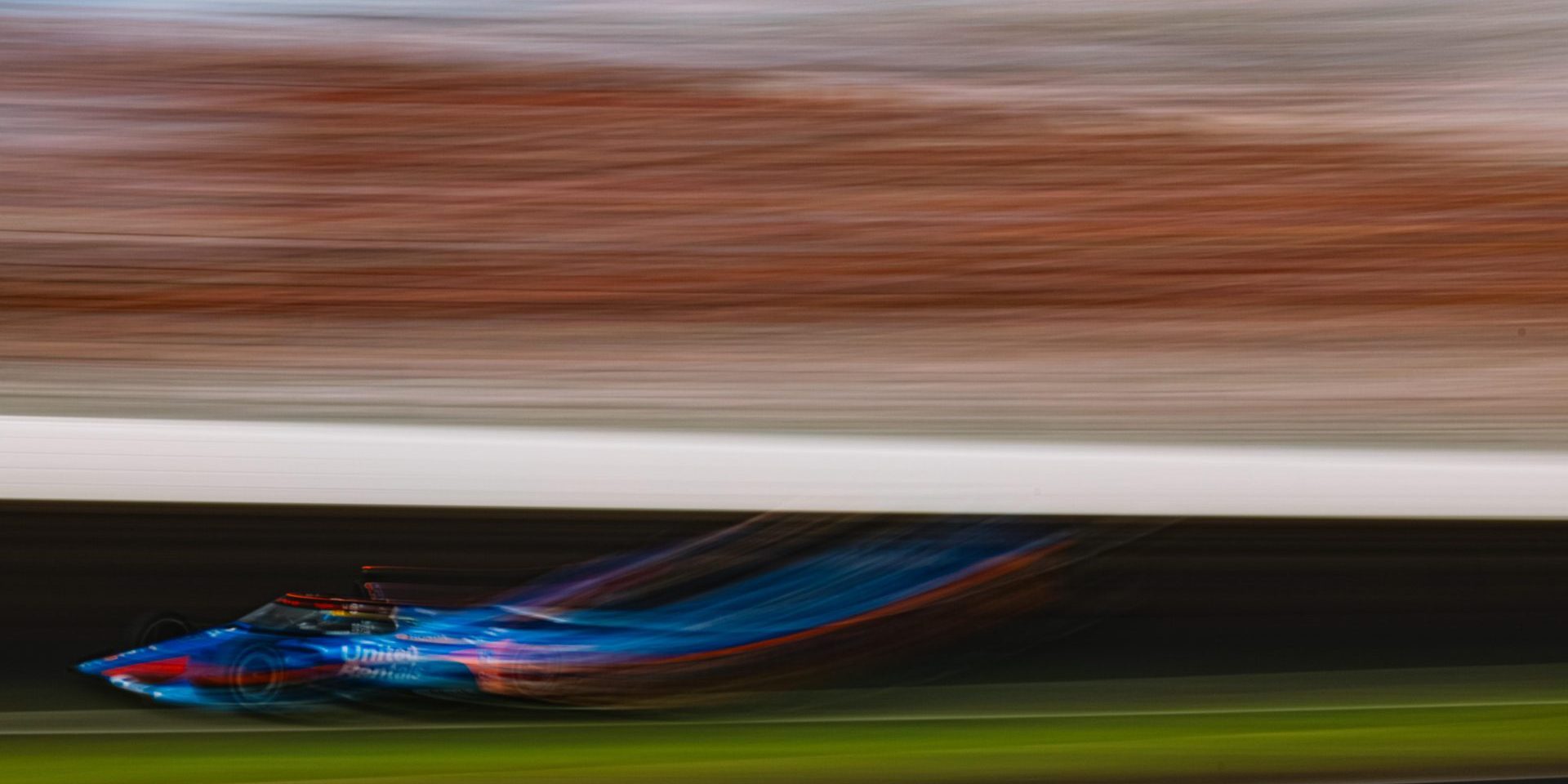
IndyCar racing is synonymous with speed and precision. Governed by a set of safety regulations, the series maintains specific speed limits not only to promote competition but also to safeguard drivers, teams, and spectators. One critical area where speed control is paramount is the pit lane, where a limit of 60 miles per hour is imposed. This regulation helps maintain order and safety in what can often be a congested and hectic environment.
The speed limit for IndyCar during racing conditions, however, is not fixed and instead depends on the layout and characteristics of the particular track being used. Tracks vary widely in terms of length, banking, and turn geometry, which influences the maximum speeds cars can achieve. At oval tracks such as the Indianapolis Motor Speedway, where IndyCar hosts the famous Indianapolis 500, cars have been known to reach average speeds in excess of 230 mph during qualifying sessions due to their design emphasizing aerodynamic efficiency and high-speed cornering.
Therefore, while the pit lane speed limit is a steadfast rule, the overall speed of an IndyCar during a race is subject to factors like track design, car setup, and prevailing conditions on race day. IndyCar’s continual adjustment of aerodynamic packages and engine settings also plays a role in racer performances. These adjustments ensure that the cars meet the series’ rigorous standards for competition balance and driver well-being.
Table of Contents
Evolution of Speed Limits in IndyCar
The speed capabilities of IndyCars have evolved significantly, influenced by a fusion of historical developments and strategic regulatory decisions to enhance safety.
Historical Overview
The IndyCar Series has witnessed a remarkable increase in speed since its inception. In the early days, the vehicles were equipped with four-cylinder engines that offered respectable performance. However, technological advancements have continuously pushed boundaries. The focus shifted from mere power to incorporating sophisticated aerodynamics to achieve greater speeds.
During the 1970s and 1980s, the speeds in IndyCar racing escalated dramatically, with drivers breaking records almost yearly at events like the Indianapolis 500. This period saw the introduction of turbocharged engines, which significantly increased horsepower and thus speeds on the track. The pursuit of speed was relentless, with only the limitations of technology and the physical capabilities of the track serving as the de facto speed regulators.
Safety and Regulation Changes
In response to the escalating speeds and the associated risks, both the governing body of IndyCar and the race organizers have implemented numerous regulations to moderate the speed of these high-performance machines for safety reasons. Notable changes include:
- Introduction of speed limits in the pits: To protect crew members and officials, speed limits were introduced in the pit lane, which are strictly enforced during races and practice sessions.
- Engine displacement and boost level restrictions: By changing the specifications allowable for engines, such as reducing displacement and controlling turbocharger boost levels, regulators have directly influenced the power output and thus the potential speed of the cars.
- Aerodynamic adjustments: Specific rules regarding car design, especially concerning wings and underbody aerodynamics, have been introduced to limit downforce and reduce cornering speeds without compromising the competitive nature of the series.
- Chassis specifications: The introduction of standardized chassis designs, like the Dallara IR-18, has homogenized the field to certain extents, focusing teams on fine-tuning setups rather than undertaking extensive modifications.
These initiatives have been designed to create an environment where competition thrives but not at the expense of safety. They serve as stark reminders of the fine balance between speed and security that IndyCar continues to manage.
Speed Limits Across Different Race Types
IndyCar competitions feature varied speed regulations dependent on the circuit type, affecting strategy and vehicle setup.
Oval Tracks Speed Limits
On oval tracks, IndyCars achieve some of their highest speeds. They are built for high-velocity laps, with less emphasis on braking and more on maintaining momentum through the turns. Oval track speeds often exceed 200 mph, with cars reaching up to 230 mph or more depending on the event and conditions. For instance, the Indianapolis 500 has seen qualifying speeds surpassing this figure, which demonstrates the design efficiency for oval racing.
Street and Road Courses Speed Limits
Street and road course speed limits are significantly lower due to the technical nature of these tracks. They involve more braking and acceleration through numerous turns, which limits top speeds. Typically, vehicles navigate through these courses with top speeds ranging between 160 to 180 mph. At times, tight corners and varying elevations can further influence these speeds, making driver skill and car setup crucial for optimal performance.
Pit Lane Regulations
Pit lane speed is a critical, enforced limit to ensure safety of crew and drivers during a race. Strictly regulated, pit speeds usually hover around 60 mph but can vary depending on the track. Adherence to these limits is essential, with sensors tracking vehicles’ speeds to avoid infractions, which could lead to penalties that affect race outcomes.
Monitoring and Enforcement
Race control and technological systems work in tandem to ensure compliance with speed limits in IndyCar racing. Infringements trigger predefined penalties to maintain fairness and safety.
Role of Race Control
Race Control acts as the central command for monitoring races, including adherence to speed limits. Race officials, equipped with video and audio equipment, maintain a direct line to teams and drivers.
- Functions:
- Monitor race progress
- Enforce rules
- Communicate with teams
Technology in Enforcement
Technology plays a critical role in monitoring speeds and enforcing limits. Speed traps with sensors are placed at intervals to record a car’s speed accurately as it enters the pit lane.
- Tools:
- Pit Lane Sensors: Measure vehicle speed
- On-Board Limiters: Control vehicle speed
Penalties for Violations
Penalties are applied to drivers exceeding the pit lane speed limit. These include timed penalties and drive-through penalties, which can significantly affect a driver’s race positioning.
- Common Penalties:
- Drive-Through: Driver must enter pit lane without stopping
- Timed Penalties: Added time to race completion
Strategy and Safety Considerations
Speed limits in IndyCar serve as a strategic element in races and are vital for the safety of drivers and pit crews.
Strategic Importance of Speed Limits
Strategy in racing is profoundly affected by speed limits. Teams and drivers plan their race tactics with speed restrictions in mind, especially during pivotal moments such as entering and exiting the pit lane. The pit lane speed limit, typically 60 MPH, is a critical threshold, ensuring that drivers reduce speed to a safe level to avoid penalties, which can alter the race outcome.
- Speed Limit Adherence: Drivers must precisely control speed to avoid time penalties.
- Pit Strategy Optimization: Teams work to minimize time lost through efficient pit stops within speed constraints.
Enhancing Driver and Crew Safety
Safety is a primary concern in IndyCar racing, with speed limits playing a key role. These restrictions are set to reduce the risk of accidents in the pit lane—a high-traffic area where drivers, pit crew, and race officials are in close proximity.
- Pit Lane Design: Adequate space for safe operation within the speed limit.
- Team Training: Regular drills ensure crew safety and efficient service at restricted speeds.
Misjudging speed during pit stops or on the track can lead to serious incidents. Consequently, speed limits are stringently regulated and monitored with sophisticated electronic systems to protect everyone involved in the sport.



